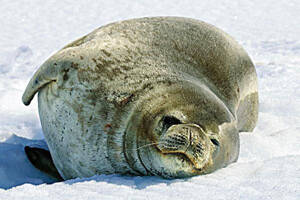
Weddell seal (Latin name: Leptonychotes weddellii), also known as Weddell seal, Weddell seal or Weddell seal, is the only species of Weddell seal genus under the seal family, named by a British Antarctic navigator James Weddell.Weddell seals are an extremely ancient creature, so they are called &quo...
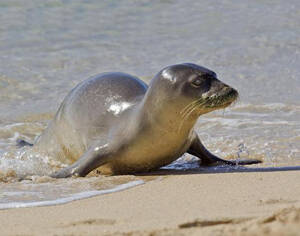
The scientific name of the Mediterranean monk seal is Monachus monachus, and its foreign name is Mediterranean monk seal. It is an ancient and rare seal. Its head is very round and densely covered with short hair, which looks like a monk's head, hence the name. It is the rarest seal in the world...
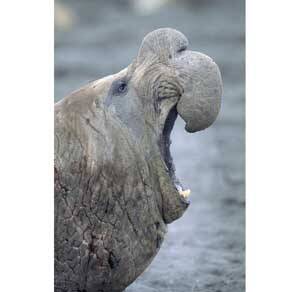
The scientific name of the Southern elephant seal is Mirounga leonina, and its foreign name is Southern elephant-seal. It is the largest seal on earth, the largest pinniped in history, and even the largest carnivore. It is divided into three subspecies: South American subspecies (M.l falclandicus),...
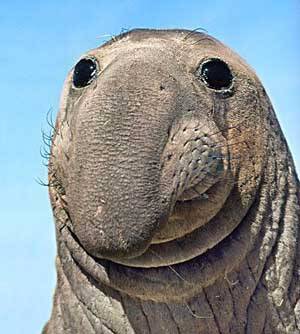
The scientific name of the Northern elephant seal is Mirounga angustirostris, and its foreign name is Northern elephant-seal. It is a large seal-like animal.The Northern elephant seal has large, round, black eyes. The width of the eyes shows that they mainly hunt by vision. Like other seals, norther...
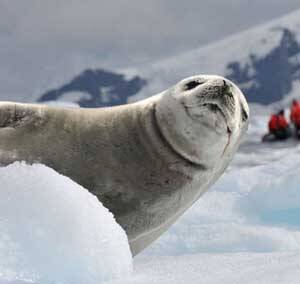
Sawtooth seals are called Lobodon carcinophagus in scientific name and Crabeater seal in foreign language. They are the most numerous seals in the world.Sawtooth seals feed on krill. It is an illusion to call them crab-eating seals because there are very few crabs in Antarctica, which are not enough...
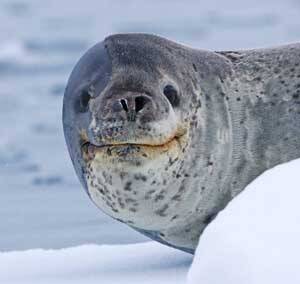
Leopard seal (scientific name: Hydrurga leptonyx) is also known as leopard seal in foreign languages. There are no subspecies.Leopard seals are solitary animals that mate and raise their young in groups. Compared with other pinnipeds, they prefer warm-blooded animals. Because it moves slowly on land...
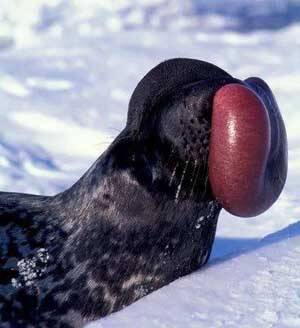
Hooded seal (scientific name: Cystophora cristata) is also known as Hooded seal in foreign languages. There are no subspecies.Among the 19 species of seals, the hooded seal is the least known pinniped. In the past, people always mistakenly thought it was a whale (whales and pinnipeds are two distinc...
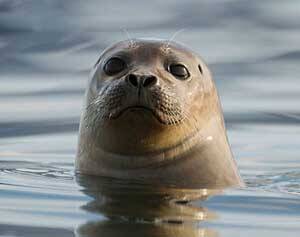
The scientific name of the harbor seal is Phoca vitulina (Linnaeus, 1758), and the foreign name is Common seal. It is a seal distributed in the temperate and polar waters of the Northern Hemisphere.The harbor seal lives in groups, but the number of its groups is not as large as other seals. When not...

Baikal Seal (Phoca sibirica), also known as Baikal Seal in English, lives in the Baikal Lake area of Russia. It is the only freshwater seal in the world and also the smallest seal species in the world.The Baikal seals have long and strong claws that can break through the ice and open the hole for ai...
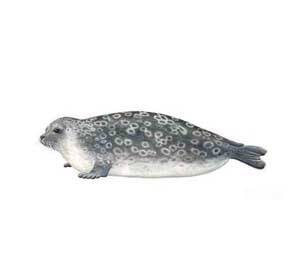
The scientific name of the ringed seal is Phoca hispida, and its foreign name is Ringed seal. There are 5 subspecies. It is one of the smallest species in the seal family and the smallest seal in the Arctic.Most seals in the world live in seawater, and the only species that lives entirely in freshwa...
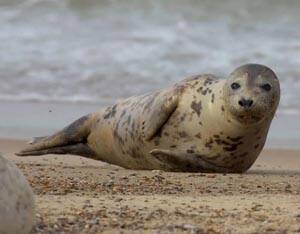
The scientific name of the Caspian seal is Phoca caspica, an animal belonging to the genus Phoca of the family Phocidae.Caspian seals live in small groups in the middle or southern coast of the Caspian Sea in summer, migrate north in autumn, and form breeding groups on the ice. They give birth on fi...

The big-eyed seal (scientific name: Ommatophoca rossii) is named because of its relatively large eyes (eye diameter up to 7 cm). It is also called Ross's seal and Ross's seal because it was first described by British Antarctic explorer James Clark Ross in 1841.Big-eyed seals feed on cephalop...
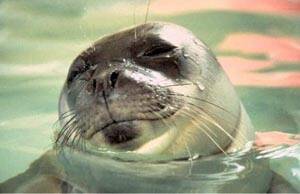
Caribbean monk seal, Monachus tropicalis (Gray, 1850) foreign name Caribbean monk seal, a seal of the genus Phocaeus in the family Phocidae.Monk seals prefer warm tropical waters, and their body shape is more suitable for living in water than sea lions and walruses. Their hind limbs cannot bend forw...
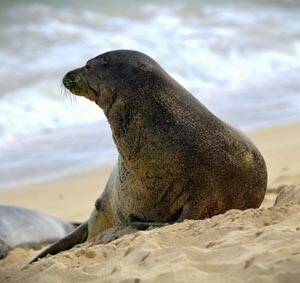
Hawaiian monk seal (scientific name: Monachus schauinslandi) is the only native seal in Hawaii.Except for the breeding season, Hawaiian monk seals usually live alone and occasionally in small groups. They are active at night, spend a lot of time foraging at sea, and return to the shore to sleep afte...